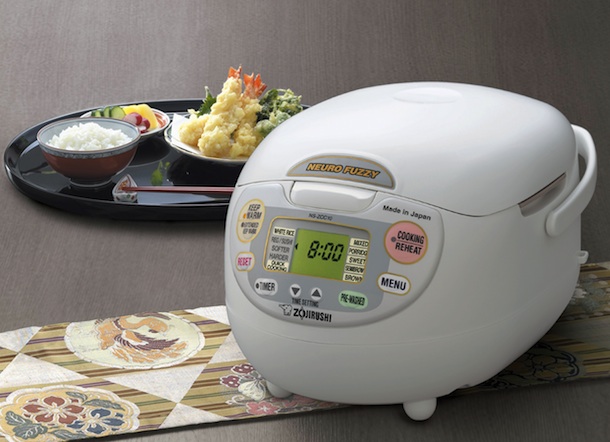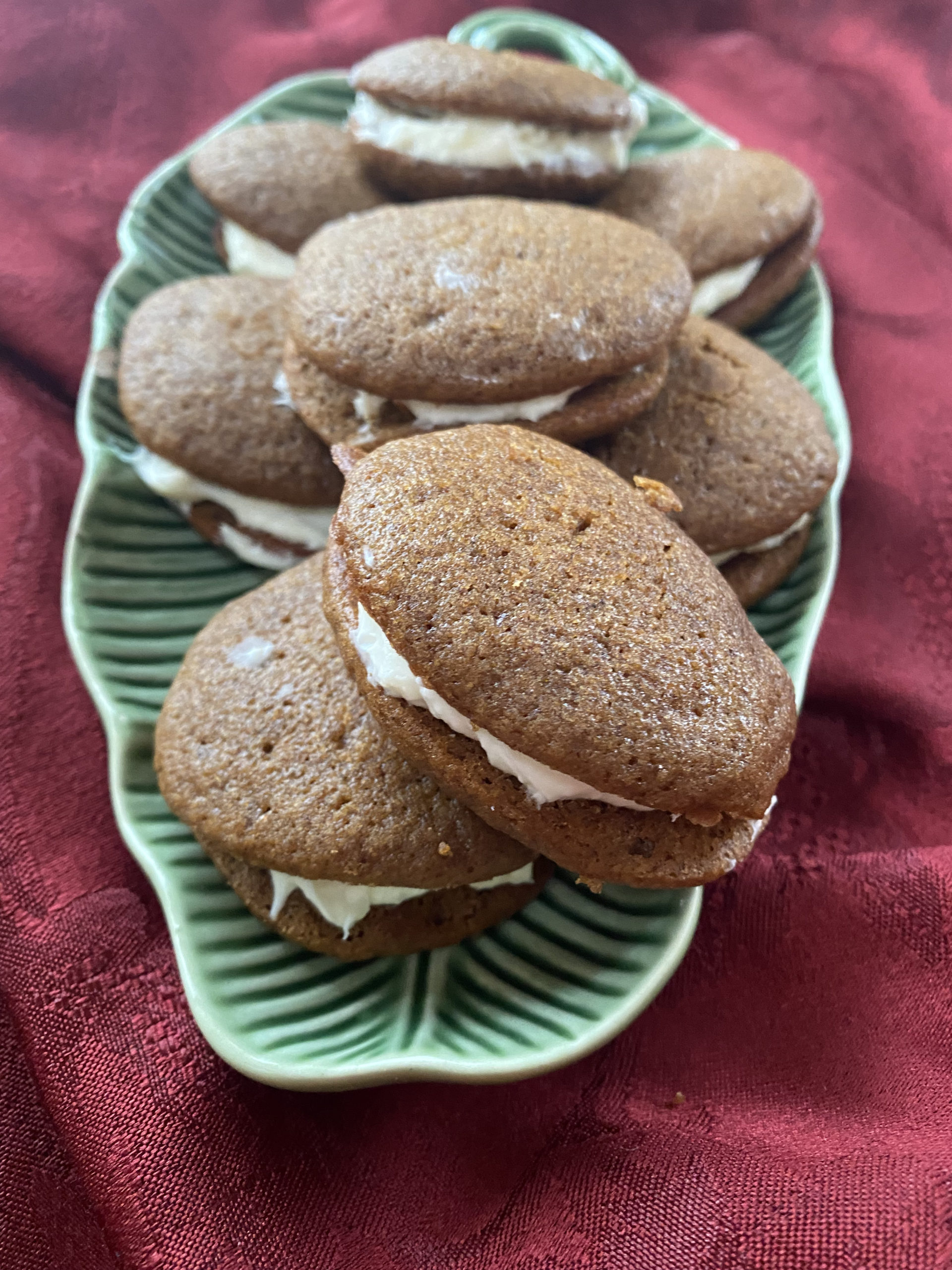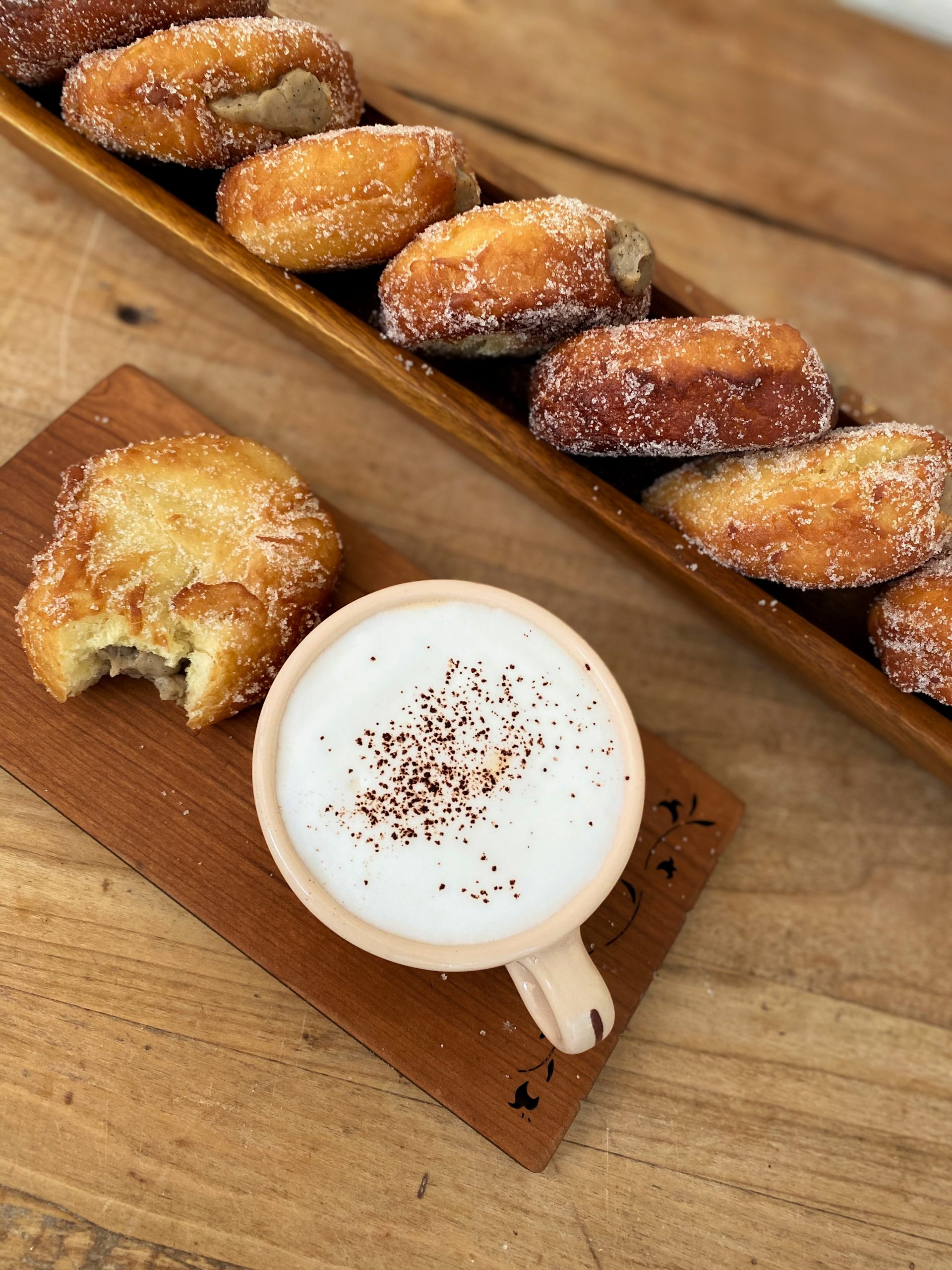I’ve been thinking about it for some time, But until now, I haven’t acted on my impulses. Now that I’ve tried it, I’m not sure I’ll go back to my old ways.
I’m talking about the rice cooker.
Seems as if I’m a perfect candidate for a rice cooker. According to Helen Chen, founder of Helen’s Asian Kitchen, cookbook author and culinary educator, the rice cooker is a necessary tool for anyone who prepares rice. “Essentially, it breaks down to those who eat rice and those who don’t,” she says. And, I (and the family) eat rice.
I don’t think I am alone.
According to Lotus Foods, in the U.S., the average person in the U.S. consumes only 25 pounds of rice a year, with about four pounds of that attributed to the rice used form brewing American beer. But, Americans eat twice as much rice as they did ten years ago.
With the popularity of many Asian cuisines, and the healthful nature of rice, consumers are adding rice to their menus,, and even experimenting with something a bit more exotic than white rice. Here in the U.S., consumption of rice is moving away from being simply a side dish.
There are literally thousands of varieties of rice, and luckily for us, the choices available to us on the store shelves and in the bulk section are expanding. We have been intrigued by the variety, and have even changed our rice consumption patterns.
In recent times, I have for the most part phased out using white rice as most of our meals, replacing with more healthful brown rice variety, including a brown jasmine. At times, I’ve experimented with the more exotic Bhutanese Red Rice.
Regardless of the type of rice I make, I always wonder how it will turn out. Sure, there are instructions on the back of the packaging, but I know that doesn’t always work. (And, Chen points out that the measurements just aren’t correct). Sometimes the rice turns out to be a bit undercooked, a bit too mushy, and on occasion, burned. Now, I’m not saying that my inability to cook rice properly is so frequent that I have to run out and buy Minute Rice to ensure success, but as simple as rice preparation sounds, it does have its nuances – and, you have to readily available to tend to it. (Perhaps my multi-tasking while cooking rice has a bit to do with my inconsistency).
As Chen reminds us, the traditional way of cooking rice in Asian communities is on the stove, but since the Japanese invented the rice cooker in the 1950s, the rice cooker has become a staple in Asian communities. As well, other cultures that consume a lot of rice (the Spanish, Caribbean and Puerto Rico), use the rice cooker.
So, why haven’t I (and many other American consumers) seen the benefit of owning a rice cooker before now?
Rice cookers run the gamut from the basic one-touch unit that turns itself off when done to the middle of the road units with fuzzy logic, which senses fluctuations in cooking then automatically adjusts, to the most expensive induction (think dorm-room use) to those with induction heating units that use magnetic force to cook the rice to perfection, even compensate for improper measurements.
The rice cooker is said to “mimic old style cooking when the rice was cooked in iron pots on the stove,” explains Krista Erickson of Zojirushi, a Japanese manufacturer of rice cookers. The company offers a wide range of rice cookers, at price points reaching from $20 to over $500, but according to Erickson, the price of the higher end units isn’t dissuading consumers from buying them. “We have seen our higher-end rice cooker sales increase at a greater rate than our conventional rice cookers. As a whole, since 2003, our sales of rice cookers have increased 130%, and that growth is mostly attributed to increased sales of the higher-end micom (or fuzzy logic) rice cookers.” Obviously, there must be some consumers looking to make the leap and buy a rice cooker.
(Note: Helen Chen offers the porcelain 2 ½-quart rice cooker that is an alternative to the electric cookers. The cooker sits inside a pot of steaming water on the stove, cooking to perfection.)
Last night, our inaugural run in our new rice cooker was brown rice. We started cooking it a bit late to enjoy for dinner, but that didn’t stop us from trying it once the musical buzzer rang on our Zojirushi Neuro Fuzzy Rice Cooker and Warmer.
I have to say, it was convenient to use – I didn’t have to monitor cooking at all. And, being that it was the first time out of the gate for me using a rice cooker, it didn’t require much training. Put the appropriate amount of rice and water in the pot, close the lid, choose the type of rice, and press start.
The results were pretty darn good. My mind started to race, thinking about the different varieties of rice I could now feel confident about preparing to perfection.
As I quickly cleaned up the nonstick bowl, grabbed the rice cooker by its handle and found a place for it on our pantry shelves, I thought to myself, “why did I wait so long?”
A Few Facts to Consider About Rice:
- Rice is high in complex carbohydrates
- Contains almost no fat
- Cholesterol free
- Brown rice has five times more vitamin E and three times more magnesium than white rice
- Rice is gluten free and easily digestible for infants and those with wheat allergies
- Half cup of white rice has 82 calories
- Half cup of brown rice has 89 calories
A Few Things to Consider when Purchasing a Rice Cooker:
- Consider your needs – do you cook rice daily, do you cook a variety of different types of rice? Do you want to program the machine so rice is finished when you return from work.
- Measuring tools that come with rice cooker are smaller. Standard measuring cups hold 8 ounces, the cups provided hold approximately 6 ounces.
- Nonstick pots speed cleanup.
- Offer consistency and perfection in preparing rice every time
- Fuzzy logic – requires just the push of a button and the machine will let you cook many different types of rice including brown, non-sticky, white and more.
- Reheat function warms rice back to proper temperature in approximately 5 to 10 minutes.
- Quick cook function – bypasses the soak time and moves on directly to the cooking cycle.
- Higher end models offer ability to select texture of the rice – regular, softer or firmer.






